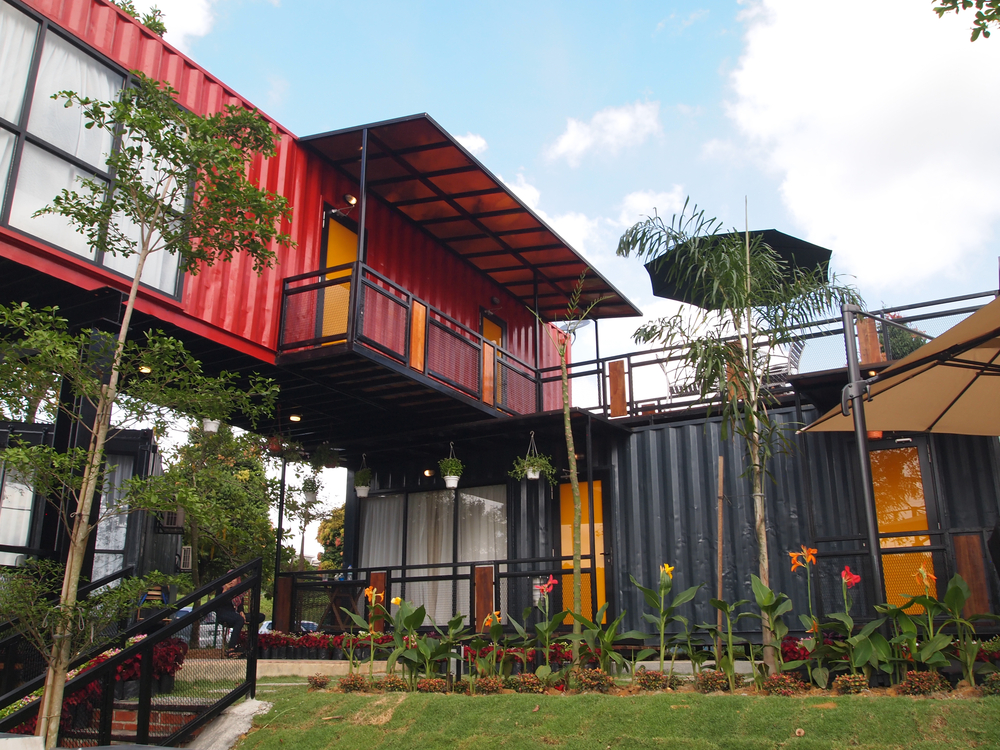Creating a living space that’s both energy-efficient and environmentally friendly is more important than ever. Not only does a sustainable home help in reducing our ecological footprint, but it also leads to significant savings on utility bills. Let’s dive into a host of effective measures you can take to ensure your modular home is a model of green living and energy efficiency.

- Essential Insulation
Insulation is a cornerstone of an energy-saving home. Double-check that your floors, walls, and ceilings have top-notch insulation to minimize heat escape, stabilize indoor climates, and cut back on heating and cooling expenses.
- High-Efficiency Windows and Doors
Investing in double or triple-glazed windows and well-insulated doors can significantly lessen heat movement, ensuring your space remains warm in the winter and cool in the summer, which in turn diminishes energy use.
- Harness Solar Power
Mounting solar panels atop your prefab residence is a great move. It’s a renewable resource that can serve as your home’s electricity provider, slashing reliance on fossil fuels.
- High Efficiency is a Must for Appliances
Choose home appliances with top energy-efficiency ratings. These devices are designed to use less power, which translates to lower bills and a smaller carbon trail.
- Adopt LED Lighting
Switch to LED lights throughout your house. Their energy consumption is minimal, and they far outlast traditional incandescent options, aiding in energy conservation.
- Go for Green Materials
Preference should be given to eco-friendly and renewable materials for both construction and decor, like bamboo, salvaged timber, and repurposed metals.
- Intelligent Home Tech
Smart home systems can revolutionize how you conserve energy. They automatically adjust lighting, climate control, and device usage, paving the way for significant energy reductions.
- Water-Saving Installations
Choose plumbing fixtures that cut down water waste, like low-discharge toilets and showerheads. Also contemplate collecting rainwater for non-drinkable usage, such as irrigation.
- Thoughtful Planting Enhances Efficiency
Smart landscaping goes a long way. Position trees and bushes to offer shade, curtail heat absorption, and as a result, minimize air conditioning expenditures.
- Proper Home Airflow
A well-aerated home is essential for both air quality and energy management. Implement natural airflow and contemplate energy-reclaiming ventilation units for an effective, green solution.
- Maintenance Keeps Efficiency Up
Regular check-ups of your appliances, climate control systems, and insulation help keep them running at peak efficiency.
- Energy Assessments for Improvement
Energy audits provide a useful gauge of your home’s energy appetite and efficiency levels, leading to actionable insights for enhancements.
- Sustainable Surfaces
Opt for flooring solutions such as bamboos, cork or linoleum. These are not just sustainable, but also add to the longevity and eco-friendly nature of your domicile.
- Choose Energy-Smart HVAC Solutions
Opt for heating and cooling systems that are known for their efficiency. Heat pumps, for example, outperform traditional heating and cooling methods on the efficiency scale.
- Minimize Waste
Embrace waste-reducing habits like recycling and composting to help foster a cleaner, more eco-conscious home environment.
Conclusion
Retrofitting your modular house for energy and ecological efficiency is a layered approach that requires deliberate planning, material selection, and green practices adherence. Integrating these tactics results in a space that’s in tune with the environment, conserves energy, and promotes overall health. This roadmap empowers you to elevate your prefabricated home to an enclave of sustainability and energy conservation, securing a gratifying and responsible homestead.







